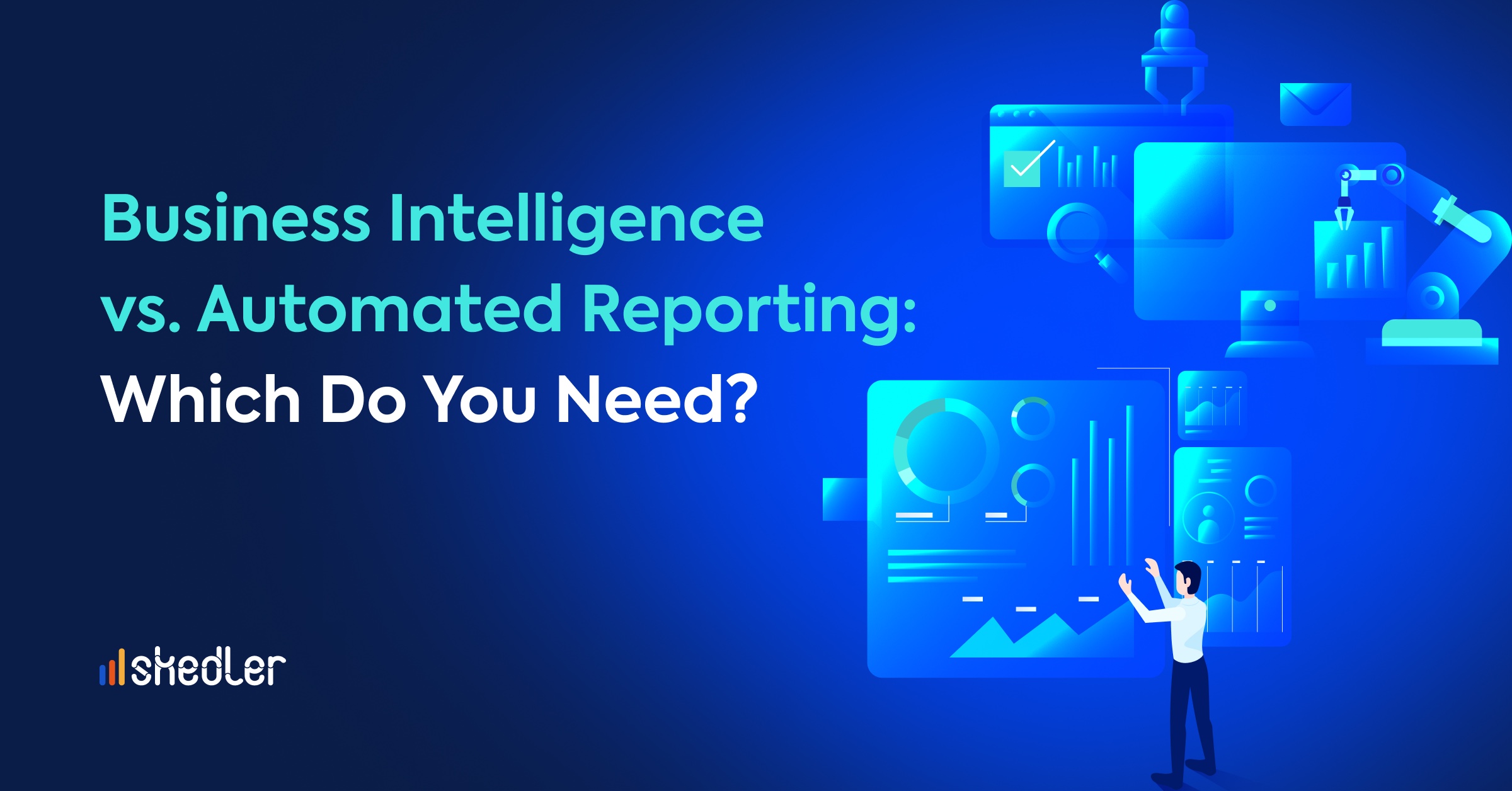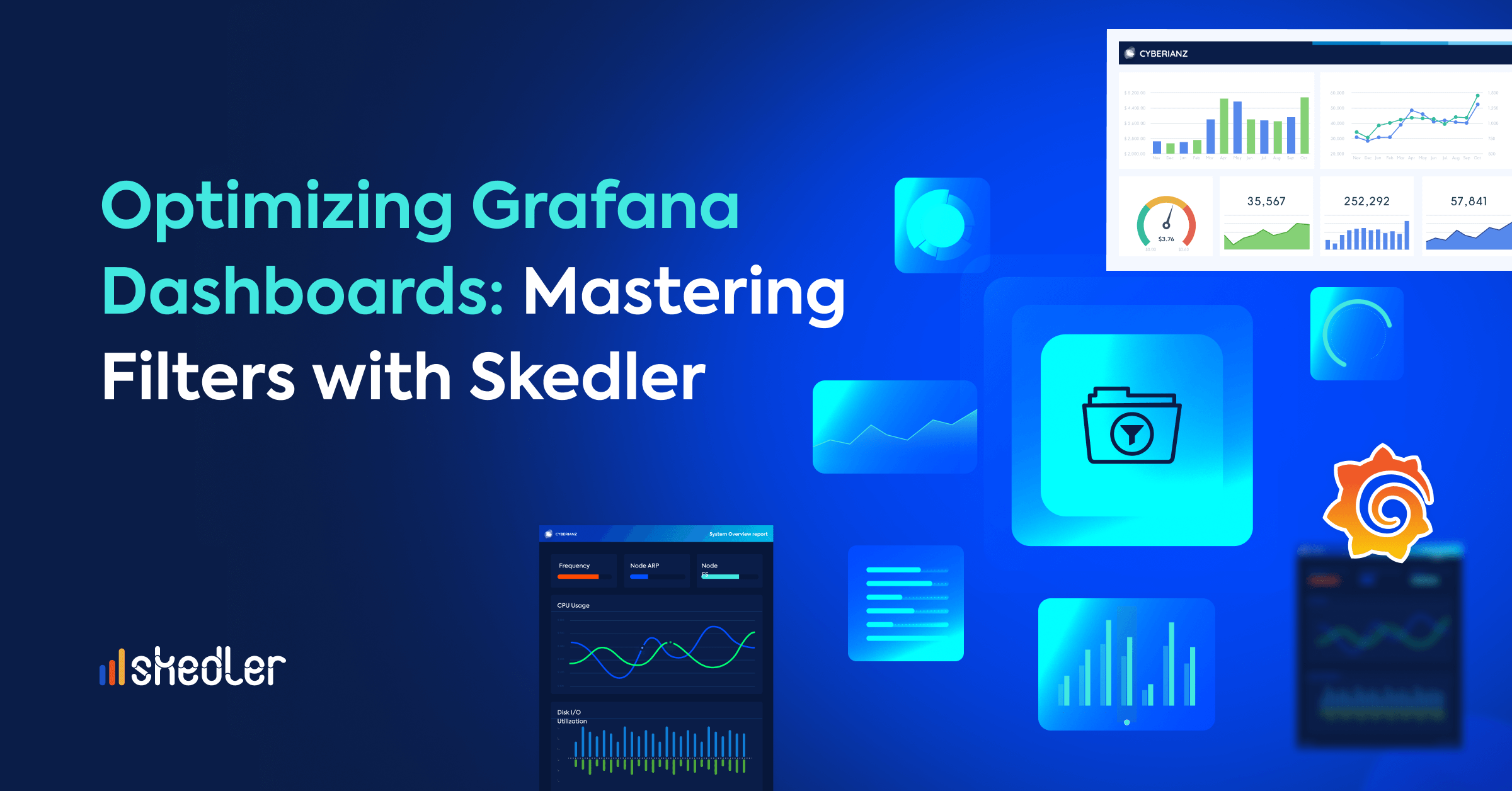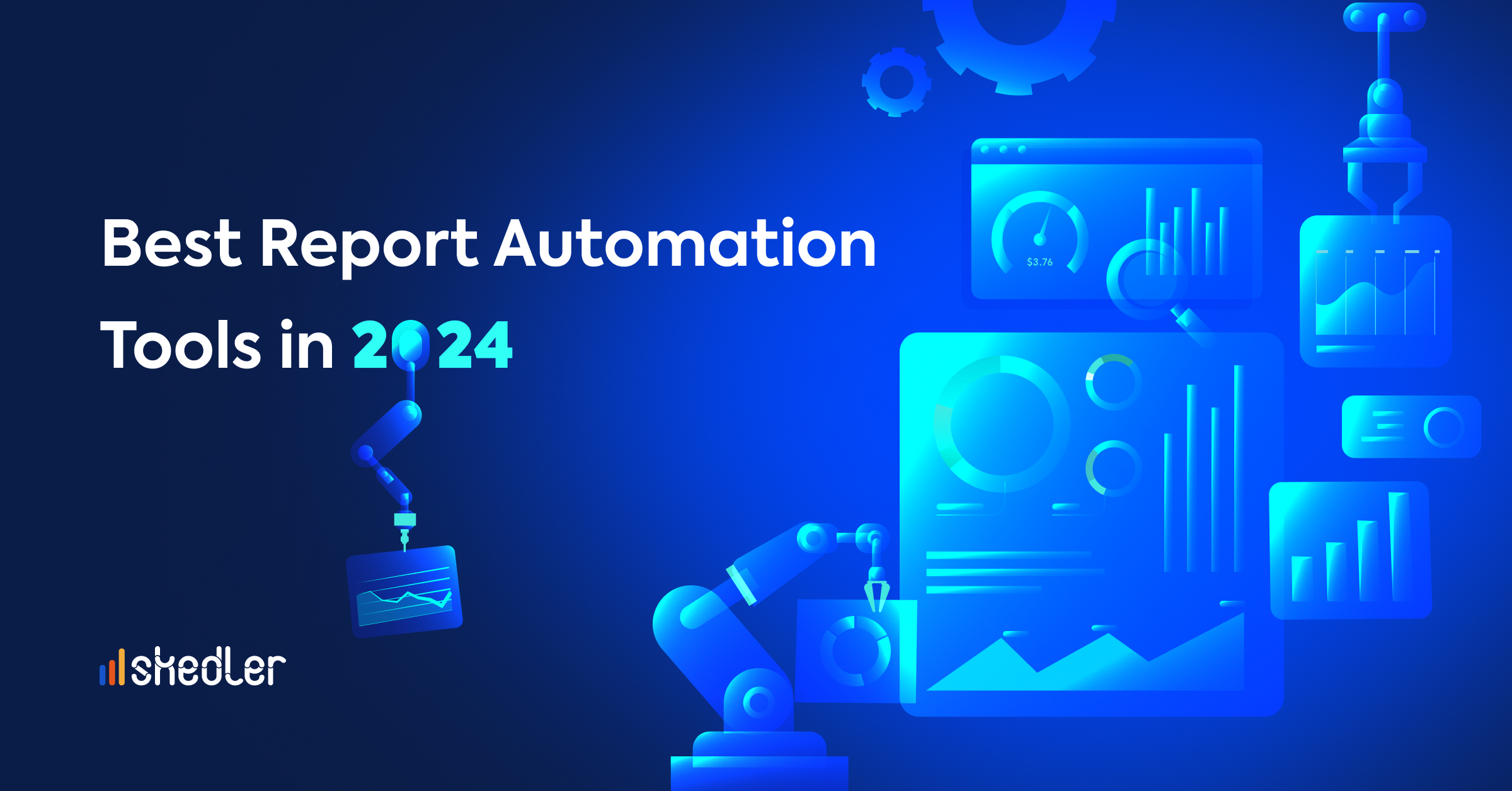Business Intelligence vs. Automated Reporting: Which Do You Need?
Businesses today have the option of leveraging two powerful tools to enhance their performance: Automated Reporting and Business Intelligence (BI). While both serve distinct purposes, understanding their differences is crucial for making informed decisions.
Let’s delve into the world of Automated Reporting and Business Intelligence to see which one suits your business needs best!
What is Automated Reporting?
DevOps automation tools have become a critical component in the software development process. Automation promotes speed, consistency, and accuracy.
Reporting automation is a tool used in business to automatically generate and share specific information, to selected people, on a pre-decided time interval. Automated reporting is a handy tool that allows businesses to track static data, providing insights into past and current performance. However, it falls short when it comes to predicting future trends and data.
Benefits of Automating Reports
- Time and Resource Savings: Automation reduces the time and effort required to generate reports.
- Improved Accuracy and Consistency: Automated reports ensure data accuracy and consistency.
- Enhanced Decision-Making: Quick access to relevant information supports better decision-making.
- Scalability and Growth: Easily scale up reporting efforts to accommodate business growth.
- Proactive Issue Resolution: Identifying issues promptly allows for timely resolution.
- Resource Optimization: Efficient use of resources, thanks to streamlined reporting processes.
- Regulatory Compliance: Automated reports facilitate compliance with regulations.
- Collaboration and Transparency: Sharing automated reports fosters collaboration and transparency within the organization.
Business Intelligence: A Step Beyond
Business Intelligence is more than just generating reports. BI combines business analytics, data mining, data visualization, data tools and infrastructure, and best practices to help organizations make more data-driven decisions.
According to the Gitnux report, organizations leave 97% of gathered data unused. The same report also notes that companies that use BI are five times more likely to reach faster decisions than those that do not.
(Source: Stephen Dawson / unsplash)
Moreover, Business Intelligence extends its capabilities towards the application of Machine Learning and Artificial Intelligence, providing deeper insights into data.
In other words, Business Intelligence is more than just reports that satisfy the need for information. BI is the key to ensure that the data we generate at every moment is at the service of decision making. Thus, BI allows the efficient performance of companies or organizations to reach their goals successfully.
Key Aspects of Business Intelligence
- Performance Insights: BI reveals how your organization is performing and highlights areas for improvement.
- Real-Time Tracking: Track Key Performance Indicators (KPIs) and metrics in real time.
- Forecasting: BI enables the forecasting of future data, aiding in predicting outcomes and adjusting goals based on trends.
- Strategic Decision-Making: Identify trends to inform strategic business decisions and enhance overall performance.
- Data Exploration: Explore data patterns and directions for a comprehensive understanding.
So, Business Intelligence provides essential advantages for making informed decisions. It offers enhanced visual representations of data, ensuring clear understanding. Seamless connectivity to diverse data sources streamlines integration, while effective scheduling improves organizational efficiency, providing timely access to critical information.
These benefits empower companies to navigate the data environment accurately, facilitating strategic decision making and overall performance improvement.
Business Intelligence and Automated Reporting Working Together
Regarding data analysis and reporting, businesses have two primary options: Business Intelligence and Automated Reports. An optimal solution lies in integrating both BI and automated reporting. A BI application with built-in automated reporting combines the advantages of both tools.
Using BI as a centralized data repository ensures consistency in data analysis, fostering collaboration among users. Simple connection of multiple data sources and easy report creation streamline operations, enabling users to access information independently.
In conclusion, whether your focus is on quick insights or in-depth data analysis, understanding the distinctions between automated reporting and business intelligence is crucial for making informed decisions that drive your business towards success.
Choosing the Right Fit for Your Business: BI or Automated Reports?
The choice between Business Intelligence and Automated Reports depends on the specific needs of your business. If you require in-depth analysis of large amounts of data, BI is the way to go. However, if you need regular updates on key metrics and performance indicators, Automated Reports are the best option.
Skedler: The Ultimate Report Automation Tool
Are you looking for a tool to automate your Grafana reports? Do you work with Elasticsearch and need a reporting tool? Skedler is the ultimate reporting automation solution, created specifically for IT and DevOps teams that need to streamline their report creation and delivery process.
Skedler users save up to 8 hours per week by automating their reports. This tool transforms raw data into meaningful insights, offering a user-friendly interface and compatibility with popular observability platforms. Try the free trial today to experience efficient data transformation with Skedler.




